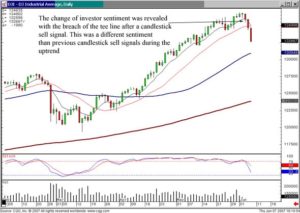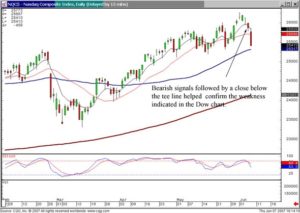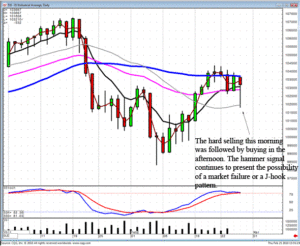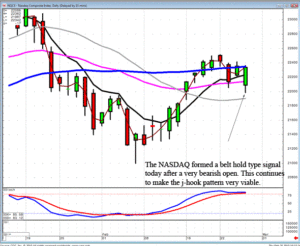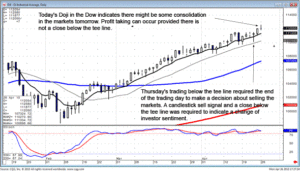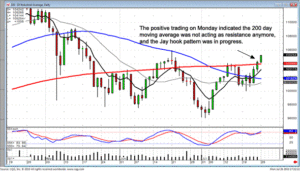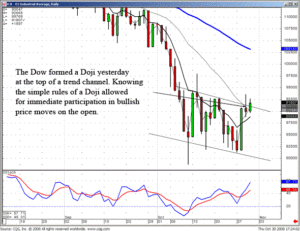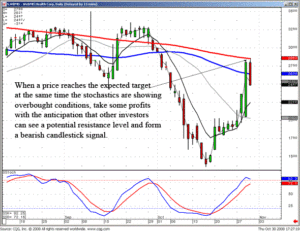All great businesses have it, that special feature that sets them apart from the competition. Whether it is the ability to introduce new products fastest, that name or slogan that people can’t forget, or that company that grabs the market share by the throat and won’t let go, stock charting successful businesses will show successful traders that most excellent businesses have specific traits in common. Or to phrase it a different way, there are important stock charting factors that separate a good stock from an ordinary stock. Among these factors, several of the non-financial characteristics that you can consider when stock charting successful businesses are product lines, competitive advantages and market leadership. Without these traits, it is highly unlikely that a company will be able to sustain any kind of leadership position.
Product Lines
When stock charting successful businesses, it is important to look at their picture from a long term investing perspective. Will anyone want, or even remember, the company’s product tomorrow? If a company’s source of identity is based on something that is a fad or quickly passing technology, the company’s success will fade as fast as its product. 8-track tape players were top-of-the-line technology at one time, but you will probably only find a player in a museum these days. Great companies with success you can track using candlestick charting have products and services that people desire year after year because of their universal appeal or because the company keeps the products fresh by responding to changing consumer demands.
Competitive Advantage
Competitive advantages, often called the “deep moat”, protect great companies from their competitors and allow them to chart a successful business course that translates to the stock market. Such advantages can be high costs of entry, such as in heavy manufacturing or brand recognition like McDonald’s, Coca Cola or Wal-Mart. These types of advantages make it difficult for competitors to grab market share, and at the same time easy to conduct stock charting on the success of these businesses. Dell Computer’s well-organized operations let it build personal computers cheaper than its competitors. Dell was able to grab and hold on to positive stock market results and significant market share. Southwest Airlines is another company that did the same things as its competitors, but did it cheaper and better, carving out a solid piece of the highly competitive airline business with a work ethic that successful businesses love to chart.
Market Leadership
Market leadership is undoubtedly a stock charting characteristic of a successful company. Stock market movers are in the position to largely dictate the agenda and direction for their entire industry. General Motors dictated the direction of the automotive industry for fifty years on the strength of their position as the number one car maker in the world. Unfortunately, the downside of this position is that everyone is trying to knock off number one and with one mistake or sluggish response; others can begin to chip away at this position and create struggling stocks. GM is the perfect example of this situation as well with Toyota poised to move into the number one position.
Conclusion
Stock charting of highly successful businesses is easy due to their common characteristics. Chartable success will usually follow any successful business because the factors appear in the stock market. A successful trader can use these signals of successful businesses in combination with his or her stock trading plan and stock trading system to identify potential purchases. Japanese Candlesticks is a powerful stock investing system that will help any investor conduct stock charting of successful businesses. With a centuries-old record of accomplishment, a trader can truly identify successful companies and include them in a profitable portfolio.
